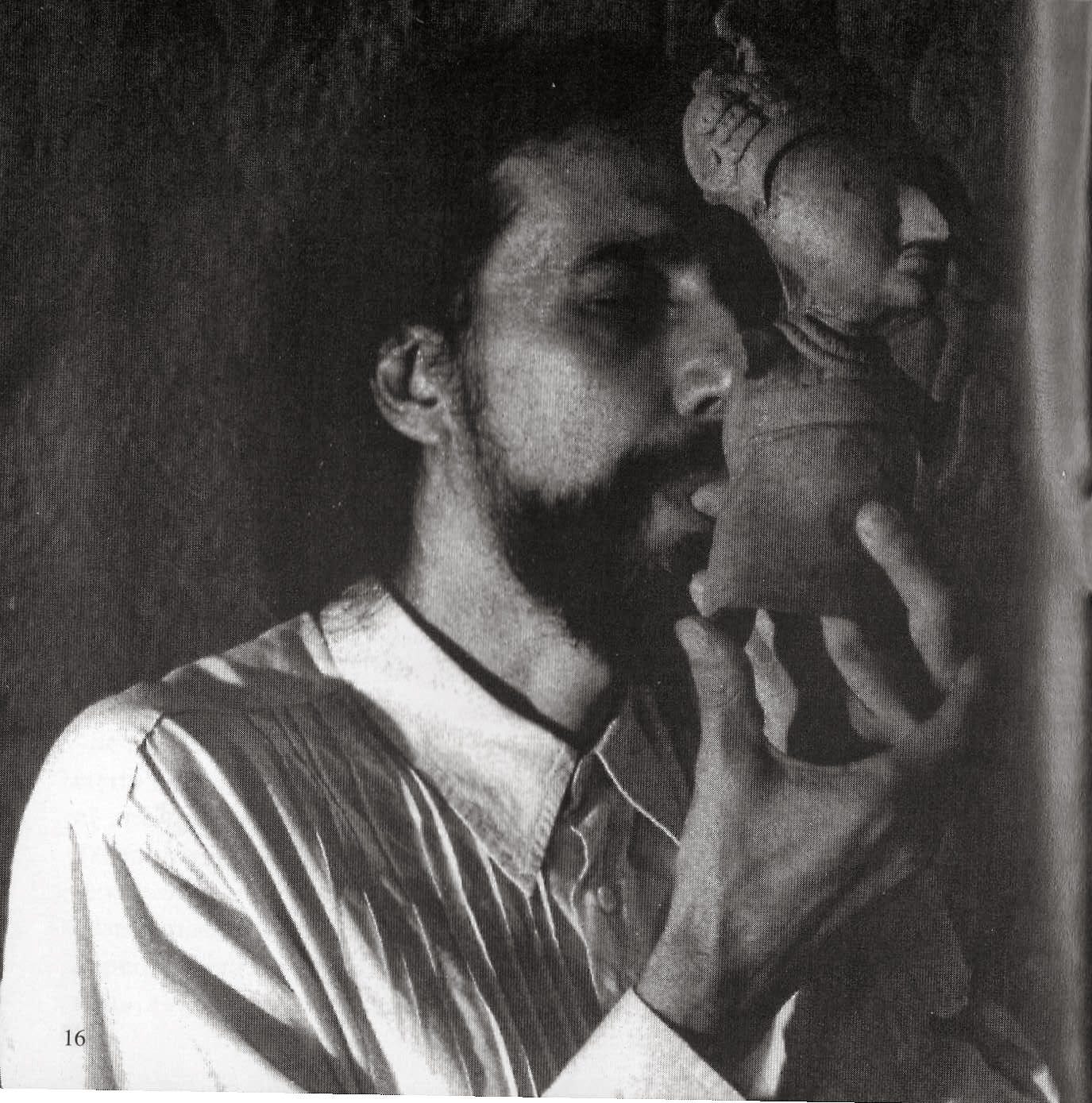Triangles of Light and Spaces of Shadow Out in the Desert
An exchange with David Cortes, the journalist who wrote the liner notes for a crucial new set of Mexican ambient electronic music out this week
We were about to embark on the 3+ hour drive out to the Upper Mojave Desert and were in dire need of a soundtrack for that landscape, when the promo email of my dreams landed in my inbox. It announced a compilation of New Age electronic music surveying the fecund Mexican experimental music scene of the early 1980s through the 1990s. Triángulos De Luz Y Espacios De Sombra (en Inglés: “Triangles of Light and Spaces of Shadow”) is a staggering set of music, sourced from obscure cassettes, CDs, private pressings, and personal archives. Diligently compiled by Brandon Hocura and Henry Jones (of Seance Centre and Smiling C Records, respectively), it’s a stunning listen from front to back.
To say it was the perfect music for driving through the surreal/ austere landscape of Joshua Tree would be an understatement. Maybe it would have resonated even harder were we in the Chihuahuan or Sonoran Desert, but the music feels transportive no matter the setting. Out here, it made thousands of years evaporate in the dry desert sky, modernity and colonialism nowhere to be seen amidst the rocks and sand. It’ll also be perfect for the solar eclipse tomorrow.
In fact, during a solar eclipse on July 11, 1991, Mexico City was in the path of totality and a few of the artists on this compilation participated in a major concert celebrating this celestial event. Per a recent Seance Centre IG post: “The event connected these artists both to the universe and to the Meso-American culture which inspired much of their expansive approach to sound.”
To my ears, Triángulos is the logical conclusion of a few years of re-assessing and reclaiming of the new age genre. It belongs alongside such compilations like Light in the Attic’s foundational I Am the Center: Private Issue New Age Music 1950-1990, their follow-up (The Microcosm) Visionary Music Of Continental Europe, 1970-1986, and Kankyō Ongaku (Japanese Ambient, Environmental & New Age Music 1980 - 1990). (Lamentably, all are looong out of print.)
Of course the contributions of Latin/ Mexican culture have been passed over completely in the West, so Triángulos also feels like a crucial correction of the historical record. For myself, growing up in Texas lamentably meant total ignorance of both this culture and the pre-Hispanic culture directly under my feet, so any further understanding or new perspective of such a culture is important to me. A few years back, I got to profile legendary Mexican free jazz explorer Germán Bringas, who also figures into this new compilation. To have a bit more knowledge, I reached out via email to longtime journalist David Cortes, who has reported on Mexican music for forty years and who wrote the liner notes for this set. Our exchange is below:



